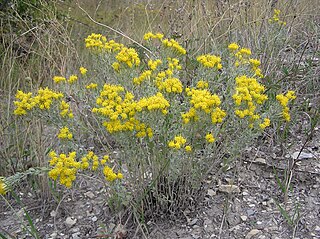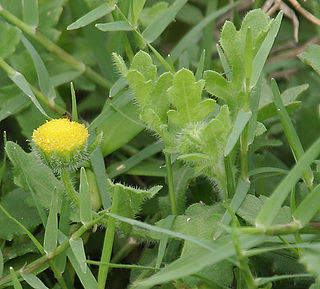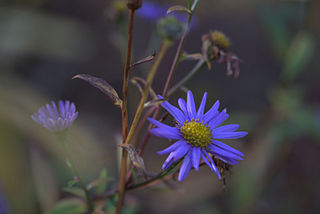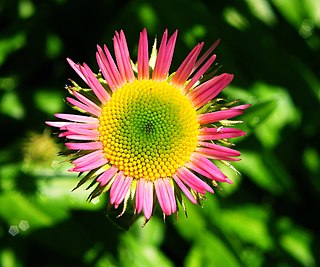| Chrysocoma | |
|---|---|
 | |
| Chrysocoma coma-aurea | |
| Scientific classification | |
| Kingdom: | Plantae |
| Clade: | Angiosperms |
| Clade: | Eudicots |
| Clade: | Asterids |
| Order: | Asterales |
| Family: | Asteraceae |
| Subfamily: | Asteroideae |
| Supertribe: | Asterodae |
| Tribe: | Astereae |
| Genus: | Chrysocoma L. |
Chrysocoma is a genus of flowering plants in the daisy family, native to Africa and Australia. [1] [2] [3] [4] [5] [6]

The flowering plants, also known as angiosperms, Angiospermae or Magnoliophyta, are the most diverse group of land plants, with 64 orders, 416 families, approximately 13,000 known genera and 300,000 known species. Like gymnosperms, angiosperms are seed-producing plants. However, they are distinguished from gymnosperms by characteristics including flowers, endosperm within the seeds, and the production of fruits that contain the seeds. Etymologically, angiosperm means a plant that produces seeds within an enclosure; in other words, a fruiting plant. The term comes from the Greek words angeion and sperma ("seed").
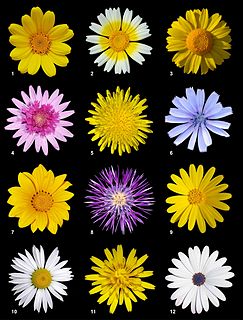
Asteraceae or Compositae is a very large and widespread family of flowering plants (Angiospermae).

Africa is the world's second largest and second most-populous continent, being behind Asia in both categories. At about 30.3 million km2 including adjacent islands, it covers 6% of Earth's total surface area and 20% of its land area. With 1.2 billion people as of 2016, it accounts for about 16% of the world's human population. The continent is surrounded by the Mediterranean Sea to the north, the Isthmus of Suez and the Red Sea to the northeast, the Indian Ocean to the southeast and the Atlantic Ocean to the west. The continent includes Madagascar and various archipelagos. It contains 54 fully recognised sovereign states (countries), nine territories and two de facto independent states with limited or no recognition. The majority of the continent and its countries are in the Northern Hemisphere, with a substantial portion and number of countries in the Southern Hemisphere.
- Species [7]
- Chrysocoma acicularis Ehr.Bayer
- Chrysocoma candelabrum Ehr.Bayer
- Chrysocoma cernua L.
- Chrysocoma ciliata L.
- Chrysocoma coma-aurea L.
- Chrysocoma esterhuyseniae Ehr.Bayer
- Chrysocoma flava Ehr.Bayer
- Chrysocoma hantamensis J.C.Manning & Goldblatt
- Chrysocoma horizontalis Vell.
- Chrysocoma longifolia DC.
- Chrysocoma microphylla Thunb.
- Chrysocoma mozambicensis Ehr.Bayer
- Chrysocoma oblongifolia DC.
- Chrysocoma obtusata (Thunb.) Ehr.Bayer
- Chrysocoma ovata Forssk.
- Chrysocoma paniculata Vell.
- Chrysocoma pedunculata Vell.
- Chrysocoma puberula Schltr. ex Merxm.
- Chrysocoma rigidula (DC.) Ehr.Bayer
- Chrysocoma schlechteri Ehr.Bayer
- Chrysocoma sparsifolia Hutch.
- Chrysocoma strigosa Ehr.Bayer
- Chrysocoma tomentosa L.
- Chrysocoma tridentata DC.
- Chrysocoma valida Ehr.Bayer


